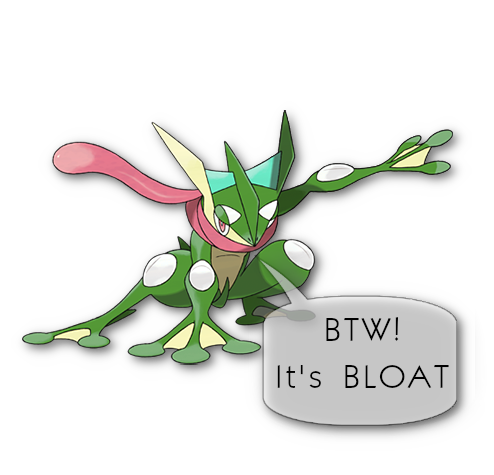I have been using DWM for a couple of weeks now. Just wondering about patches.
I managed to install a patch, and think I get the concept now. However, it becomes messy when trying to add a second patch and when there are error messages. For some of them I tried to apply the patch manually but these are endless lines of codes and at the end it didn’t work neither. I feel like dwm is really for people who know C, else I am mostly blindly patching stuff.
Especially if I apply a broken patch to dwm (without knowing a priori). I am only using patches from the suckless.org site but many of these seem to give error messages even on blank dwm config.
So my question is of a more general nature, how do you deal with multiple patches? Do you really apply these manually? I was thinking of getting the top bar transparent, and adding gaps. And perhaps add a system tray.


